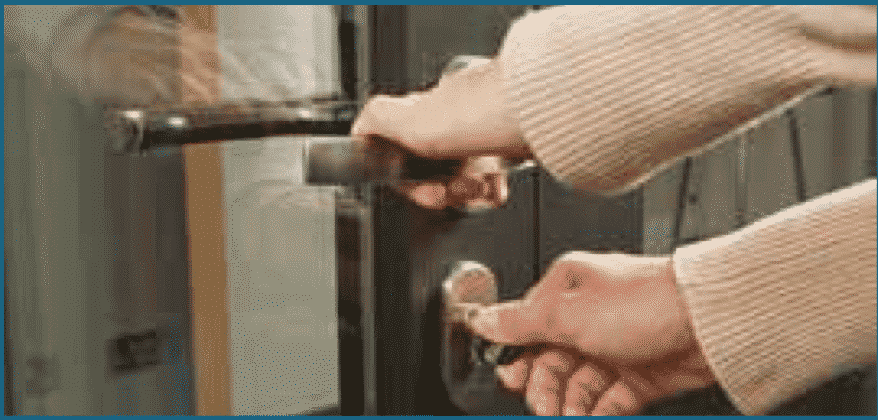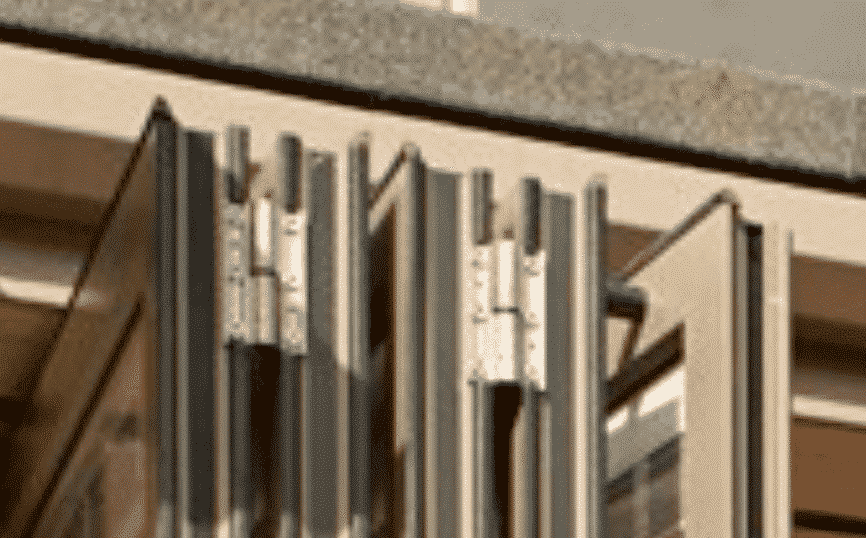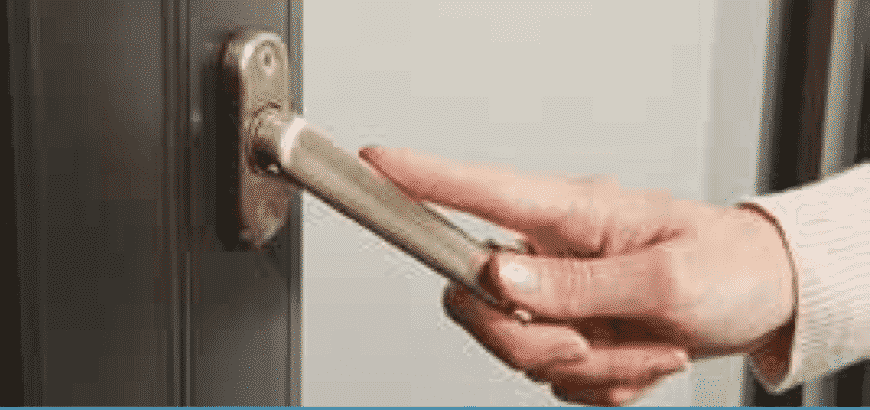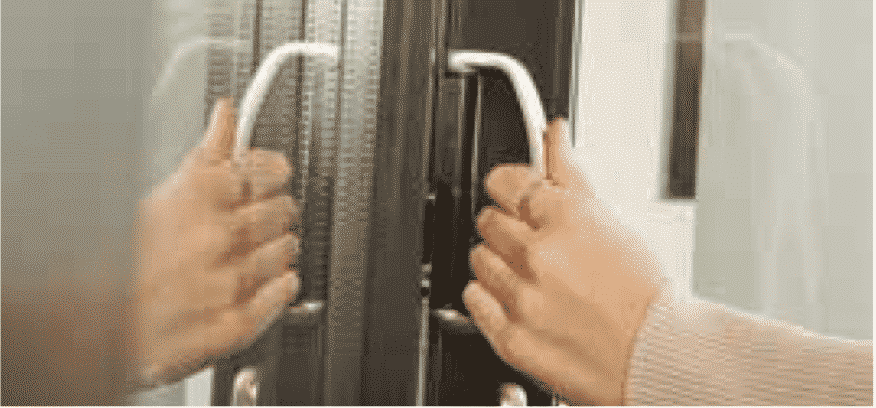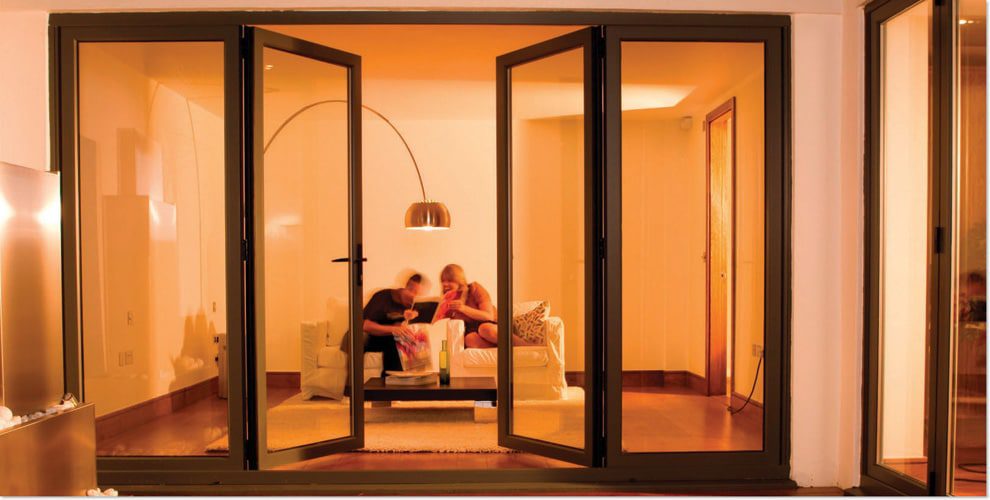Bifolding doors are complex pieces of machinery, with very precise engineering and intricate design behind them. They use a system of guides, locking systems and other components to create doors that can swing, slide and fold, yet remain secure and with long service life.

Bifolding Door Terminology Explained.
There are several different bifolding doors in the marketplace, but the home improvement sector uses standard terminology to explain to consumers the various features and components of bifolding doors. In this article, we explain the various features of aluminium bifolding doors and the terminology used in their hardware and general operation.
The Lead Door
There are several different bifolding door configurations available. Doors will either slide back all together in one direction, others will opening in opposite directions (three sliding to the left and three to the right) or having a lead door that hinges on the one side with the remaining leaves sliding in the opposite direction. The lead door is particularly useful if you have no other door going out into your garden or patio and when the doors are closed can be used as a normal swing door.
The Main Handle
It is the lead door that will normally have the main multi point locking and lift up handles fitted. This is referred to as the Main Handle whereby the handles are lifted to engage the rods and hooks of the multi point locking system and will also have a key cylinder to lock the doors with the key.
Slave Handle
The Slave Handle is fitted to the secondary sliding folding door leaves that engages the locking shoot bolts or rods for that particular door. It will normally not have a key locking arrangement as flush bolts are normally used to engage these leaves in the closed position. Slave handles should not be used to pull the doors along the track or into the closed position.
The door hinges
These are a critical component of bifolding doors that enable the lead door to swing and the folding sliding leaves to fold and stack. There will either be two or three hinges fitted depending upon the door design and the size of the bifolding door.
The ‘D’ Handle
Many high quality systems such as Origin Doors as one example use a D handle that is used to bring the doors together when closing them. This is a durable, high quality handle that can take the weight of the doors to bring them into the shut position and then enable the slave handle to lock the doors. Many systems such as Origin Bifolding Doors recommend that the slave handles are not used to pull the doors shut. For doors that open out you will find a D-shaped handle to pull the doors closed. For open in doors, simple pushing of the frame until the doors are shut is sufficient.
The track
This is the aluminium profile at the top and bottom of the bifolding doors that will either take the weight of the gearing on bottom hung doors with guides at the top or in reverse where the doors are hung from the top and guided at the bottom. Either system uses high quality rollers and guides to enable bifolding doors to slide smoothly.
The magnetic catch
When your bifolding doors are slid back and folded or stacked together, they will be fitted with some kind of holding mechanism that keeps the doors together folded. This will often be a magnetic catch. This catch is simply intended to keep the doors together with reasonable magnetic force. It is not designed to withstand high winds or gusts. Often the customer may have the expectation that it should prevent the doors coming away in high winds but unless some firm method such as a hook and eye arrangement is used the magnet is not designed for this. The lead door must remain attached to the magnetic keep when the doors are open and in operation.
The threshold
There are generally two types of bifolding door thresholds available, standard step over threshold and the lower type. Often you will find that only the standard step over has any degree of weather resistance with the low threshold being used for doors fitted internally as room dividers for example. We recommend you speak with your bifolding door specialist to explain the differences between the two thresholds or our own article about thresholds.
Bifolding doors will also have components typical with windows and regular doors such as cills and trickle vents. If your doors require other options they are available. Contact us for more information on the Origin Doors shown in the images for this article or general information about bifolding doors.


